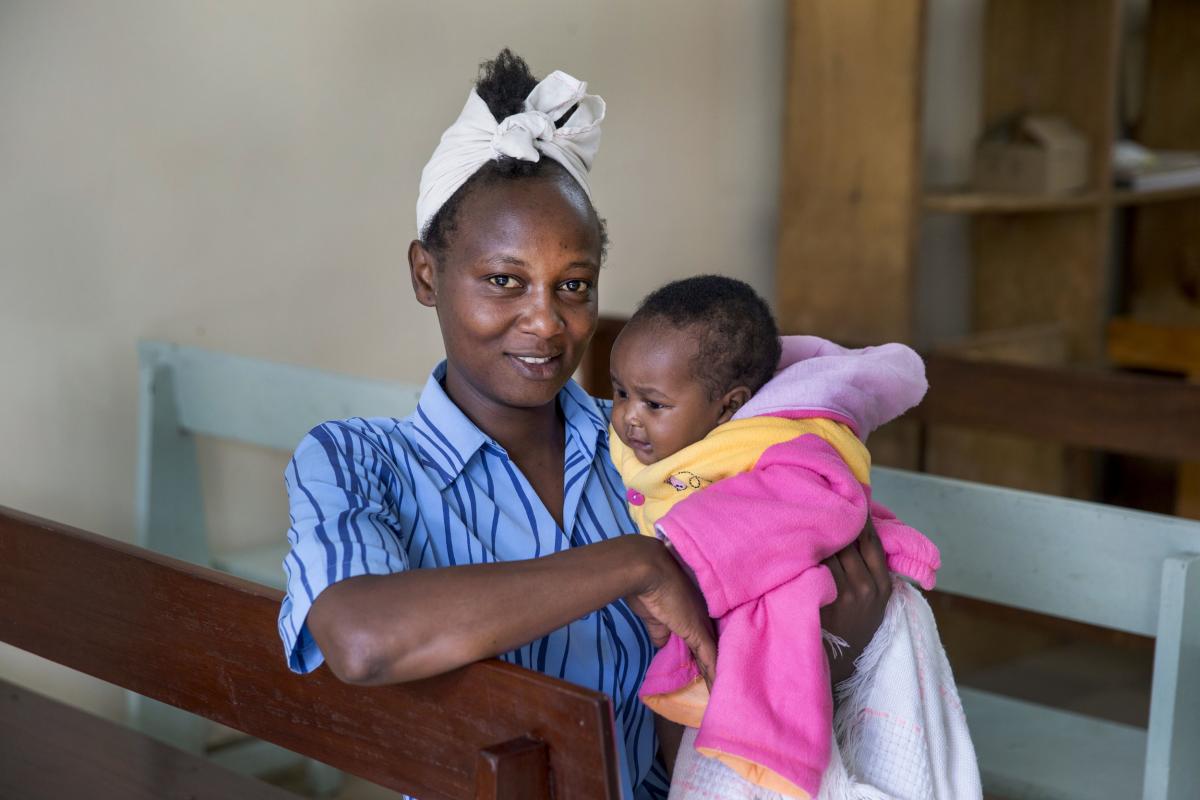
In June 2019, Kenya’s Ministry of Health approved the inclusion of new postpregnancy family planning (PPFP) indicators in the nation’s health information system. It is the first time that these indicators will be tracked systematically across all of the country’s health facilities. This advocacy win shows great potential to improve access to family planning across maternal and reproductive health units within facilities.
Subnational government officials took the first steps to successfully introduce and track PPFP indicators last year, providing the needed evidence for national scale-up. Data from one county now show that tracking these new indicators—along with improvements in training and mentorship of health care workers on PPFP provision as well as procurement and distribution of supplies—has resulted in increased uptake of a family planning method postpregnancy.
Uptake Increases Nearly 50% in Migori County following Recording and Reporting Improvements
In Migori County, the county director of medical services issued a circular in January 2018 directing all facilities providing family planning services to collect, record, and report PPFP indicators every month.
As of July 2019, sub-county reproductive health officers representing the county’s 128 health facilities have implemented the directive for a full year using a customized data platform. Between January and June 2019, 11.9% (1,671 of 14,064) of clients received a family planning method within 48 hours postpregnancy, compared to 8.0% (1,196 of 14,995) of clients in the prior six month period (July to December 2018), an increase of 49% in the rate of PPFP uptake [1]. In addition, of the 2,867 clients who received PPFP between July 2018 and June 2019, 26% were adolescents aged 10 to 19, showing the facilities’ ability to reach young and first-time parents in preventing subsequent unwanted and untimely pregnancies.
PPFP is a key priority for increasing modern contraceptive prevalence rate in Kenya’s Family Planning 2020 commitment. However, there is a large gap in service provision. Only one in five Kenyan women begin using a family planning method within the first six months postpartum and 36% use a method between 0 and 23 months postpartum [2]. About half of births occur at an interval of less than 23 months apart [3].
Previously, facility registers did not include specific indicators on family planning services provided to women postpregnancy or they were recorded in an ad hoc manner. Beginning in July 2017, AFP local partner Jhpiego and Migori County’s existing family planning technical working group took action on the issue, following a successful effort in Makueni County that year.
In September 2017, the working group formed a PPFP subcommittee comprising reproductive health coordinators, health officers from the county and sub-county level, regional family planning partners, and a representative of the county ministry of health. The subcommittee held meetings to agree on proposed indicators, develop a customized data platform, provide an orientation to health care providers, and conduct quality checks on reporting.
The county’s platform includes a core set of indicators that track the number of clients receiving a family planning method postpartum within 48 hours (pre-discharge), 3 days, and 6 weeks. Another indicator tracks the number of pregnant women counseled on postpartum family planning. These indicators coincide with the World Health Organization’s recommended postpregnancy indicators. Kenya’s Department of Health Sector Monitoring, Evaluation and Informatics (previously the Health Management Information System unit) approved the same set of indicators to be included in the national information system.
Now with a click of a button, county health teams can access and review the data in planning for activities like PPFP trainings, supplies procurement and distribution, and performance monitoring.
With the national scale up underway and funding support from the World Bank and the Global Fund, the Department of Health Sector Monitoring, Evaluation and Informatics is working to revise, print, and disseminate registers and reporting tools with the new PPFP indicators by October 2019.
[1] Facility data extracted from Ministry of Health postnatal and maternity register and reported in the PPFP Annex tool, stored in centralized data platform utilizing Google Docs.
[2] Kenya Demographic and Health Survey 2014. Kenya National Bureau of Statistics, Ministry of Health/Kenya, National AIDS Control Council/Kenya, Kenya Medical Research Institute, National Council for Population and Development/Kenya, and ICF International.
[3] ibid

